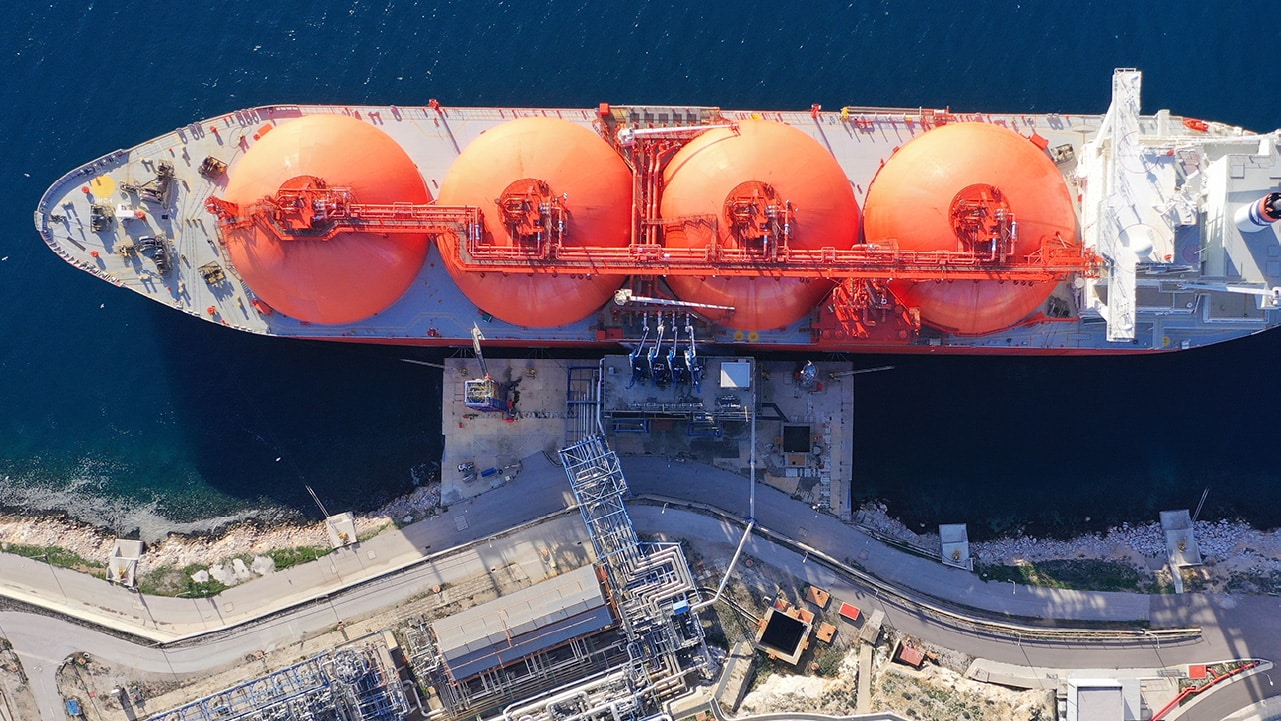API 653 Cargo Tank Inspection & Testing
The API (American Petroleum Institute) Standard 653 is a crucial document that outlines the specifications for inspecting and testing cargo tanks used in the oil and gas industry. Compliance with this standard ensures the safe operation of these vessels by identifying potential hazards and ensuring structural integrity.
API 653 Cargo Tank Inspection & Testing involves a detailed examination of the cargo tanks, which includes visual inspections, non-destructive testing (NDT), thickness measurements, and other checks as necessary. The primary goal is to ensure that all parts of the tank meet the specified requirements for safety and efficiency.
The process begins with a thorough inspection of the exterior and interior surfaces. This involves checking for any signs of corrosion or damage that could compromise the integrity of the tank. Non-destructive testing methods such as ultrasonic testing (UT), magnetic particle testing (MPI), and eddy current testing (ET) are used to detect hidden defects within the metal walls.
Thick gauge measurements play a key role in ensuring structural integrity. These measurements help determine if the walls of the tank have thinned beyond acceptable limits due to corrosion or other factors. Any deviations from the specified tolerances must be addressed immediately to prevent failures that could lead to catastrophic events.
The inspection also includes checks for leaks, which can occur in various parts of the cargo tank system including valves, pipes, and joints. Leaks detected during this phase are repaired before further testing or use. The integrity of the tank is paramount; any breach poses significant risks not just to the vessel but potentially to the environment.
Once all inspections are completed, a comprehensive report detailing findings and recommendations for repairs or maintenance is prepared. This document serves as a record of the inspection process and identifies areas that need attention to ensure ongoing compliance with API 653 standards.
The importance of adhering strictly to these guidelines cannot be overstated, especially given the high stakes involved in marine operations involving cargo tanks. Failure to comply can result in operational inefficiencies, increased maintenance costs, and most critically, safety risks.
Applied Standards
| Standard Name | Description |
|---|---|
| API 653 | Specifications for inspection, repair and alteration of steel tanks used in the petroleum industry. |
| ISO/TS 12106-2 | Guidelines for ultrasonic testing of tubular products. |
| ASME Section VIII | Rules for pressure vessels. |
Industry Applications
- Cargo tank inspections for compliance with international maritime regulations.
- Ensuring safety in offshore and onshore storage facilities.
- Meeting insurance requirements by providing evidence of regular maintenance practices.
- Maintaining operational efficiency through the early detection of structural issues.
Use Cases and Application Examples
- Incorporating API 653 inspections into routine maintenance schedules to prevent unexpected failures.
- Conducting post-incident inspections following accidents or spills to assess the extent of damage to cargo tanks.
- Performing pre-repair checks before conducting major repairs on cargo tanks to ensure safety during work.





